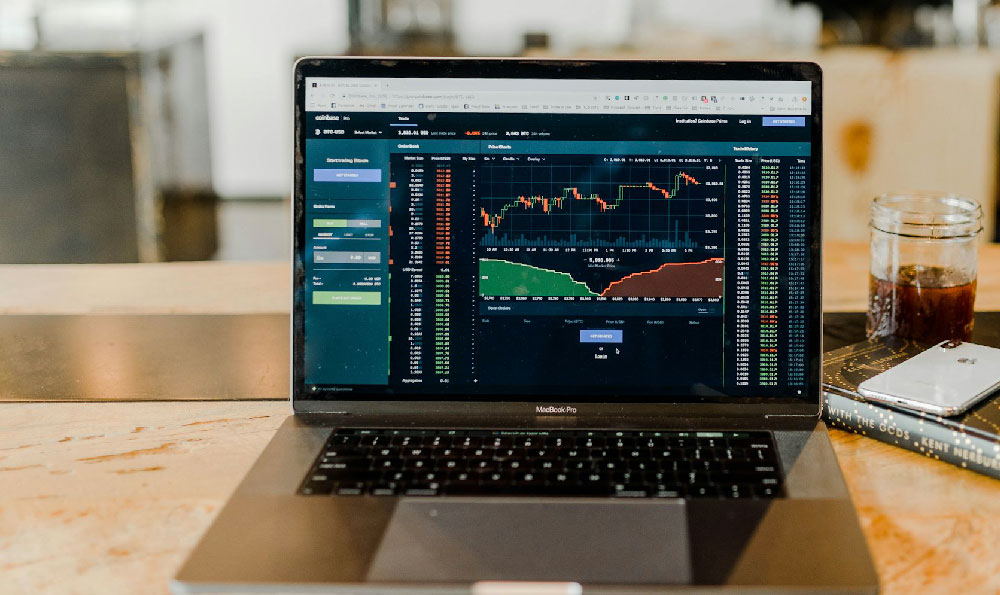The question of whether inflation is a transient blip or a long-term fixture of the economic landscape is currently dominating financial discourse. Central banks are walking a tightrope, attempting to control rising prices without stifling economic growth. For individual investors, navigating this uncertainty requires a nuanced understanding of inflation's potential impact and a well-considered investment strategy.
To address the question of whether inflation is here to stay, a look at the underlying causes is warranted. Initially, the surge in prices was largely attributed to supply chain bottlenecks and pent-up demand as economies reopened after the pandemic. However, as these factors gradually ease, inflation has remained stubbornly high. This suggests that other forces are at play, including increased labor costs, geopolitical instability (which affects energy prices and supply chains), and potentially even a shift in consumer expectations towards higher prices. If these underlying factors persist, inflation is likely to remain elevated for a longer period than initially anticipated.
However, it is also crucial to acknowledge the counterarguments. Central banks, particularly the Federal Reserve in the United States, are actively raising interest rates and tightening monetary policy to combat inflation. These measures are designed to cool down the economy and reduce inflationary pressures. The effectiveness of these policies will ultimately determine the trajectory of inflation in the coming months and years. It is, therefore, impossible to provide a definitive answer to the question of whether inflation is here to stay. The economic environment is complex and constantly evolving, and forecasts are subject to change.

Given this uncertainty, a prudent investment strategy focuses on building a portfolio that is resilient to various inflationary scenarios. This requires diversifying across asset classes and considering investments that have historically performed well during periods of rising prices.
One common strategy is to invest in commodities. Commodities, such as oil, gold, and agricultural products, tend to rise in value during periods of inflation as their prices are directly affected by supply and demand dynamics. Investing in commodity-related ETFs (exchange-traded funds) or mutual funds can provide diversified exposure to this asset class. However, it's important to note that commodity prices can be volatile, so it's crucial to manage risk accordingly.
Another asset class that can offer protection against inflation is real estate. Real estate values tend to appreciate during inflationary periods, as the cost of building materials and labor increases. Moreover, rental income can also rise with inflation, providing a steady stream of cash flow. Investing in real estate investment trusts (REITs) can provide exposure to the real estate market without the need to directly own property. REITs are companies that own and operate income-producing real estate, and they are required to distribute a significant portion of their profits to shareholders.
Inflation-protected securities, such as Treasury Inflation-Protected Securities (TIPS), are specifically designed to protect investors from inflation. TIPS are bonds whose principal value is adjusted based on changes in the Consumer Price Index (CPI). This means that the principal value of the bond will increase if inflation rises, and vice versa. TIPS also pay a fixed interest rate, which is applied to the adjusted principal value. This combination of principal protection and interest income makes TIPS a valuable tool for preserving purchasing power during inflationary periods.
Equities, or stocks, can also provide a hedge against inflation, although their performance is more complex and dependent on various factors. Companies with pricing power, meaning the ability to raise prices without significantly affecting demand, tend to perform well during inflationary periods. These companies can pass on higher costs to consumers, protecting their profit margins. However, companies that are heavily reliant on debt or that operate in highly competitive industries may struggle to maintain profitability during inflation.
Beyond specific asset classes, it's also important to consider the overall asset allocation strategy. A well-diversified portfolio, spread across stocks, bonds, commodities, and real estate, is likely to be more resilient to various economic scenarios, including inflation. The appropriate asset allocation will depend on individual circumstances, such as risk tolerance, investment goals, and time horizon. Younger investors with a longer time horizon may be able to tolerate a higher allocation to equities, while older investors may prefer a more conservative allocation with a greater emphasis on bonds and inflation-protected securities.
Finally, it's crucial to maintain a long-term perspective and avoid making impulsive decisions based on short-term market fluctuations. Inflation can be a significant concern for investors, but it's important to remember that it is just one factor to consider when making investment decisions. A well-diversified portfolio, a disciplined approach, and a focus on long-term goals are essential for navigating the challenges of inflation and achieving financial success. Seeking professional advice from a financial advisor can also be beneficial, as they can provide personalized guidance based on individual circumstances and help develop a comprehensive investment plan. Remember that the key is not to panic, but to understand the risks, adapt your strategy, and stay focused on your long-term financial goals.












